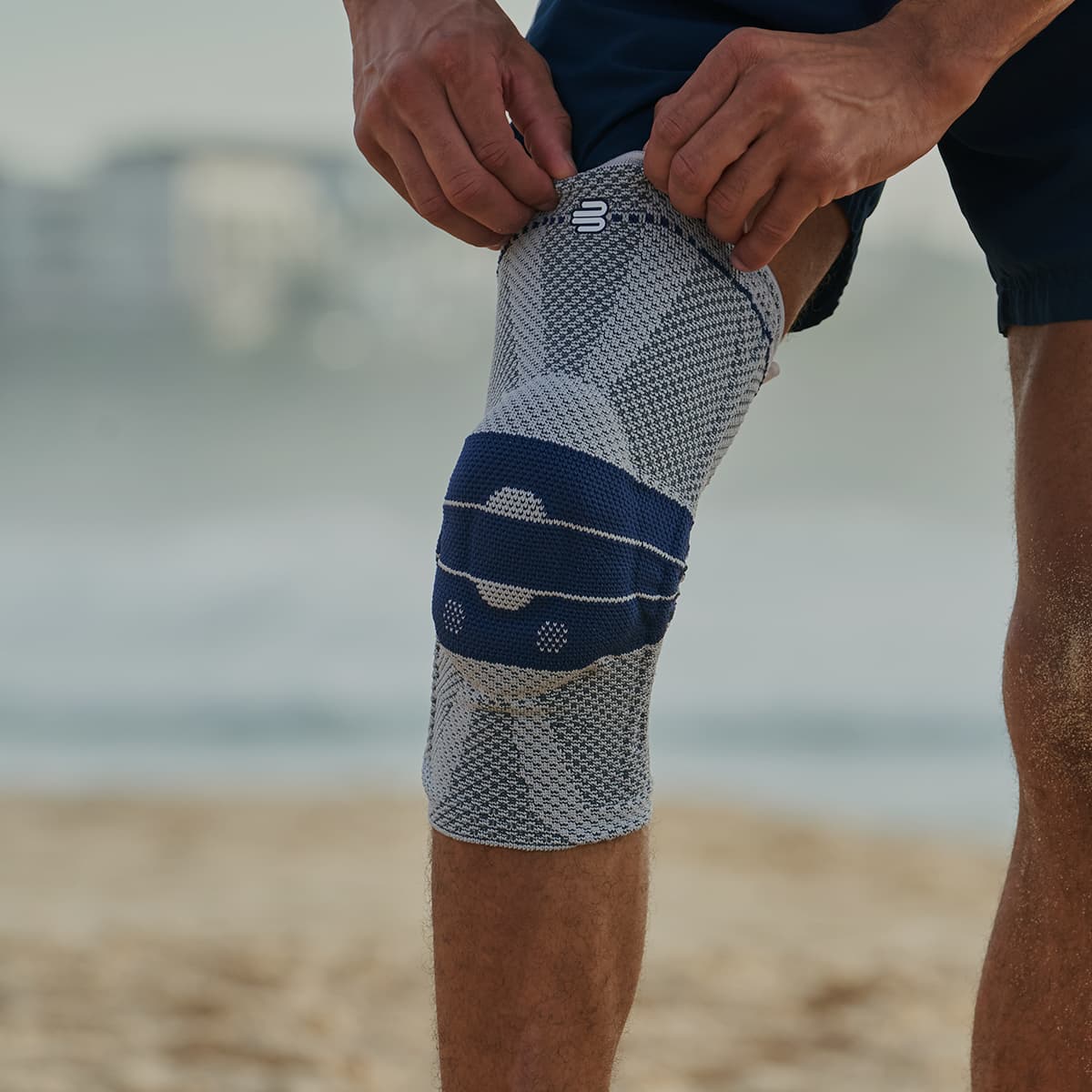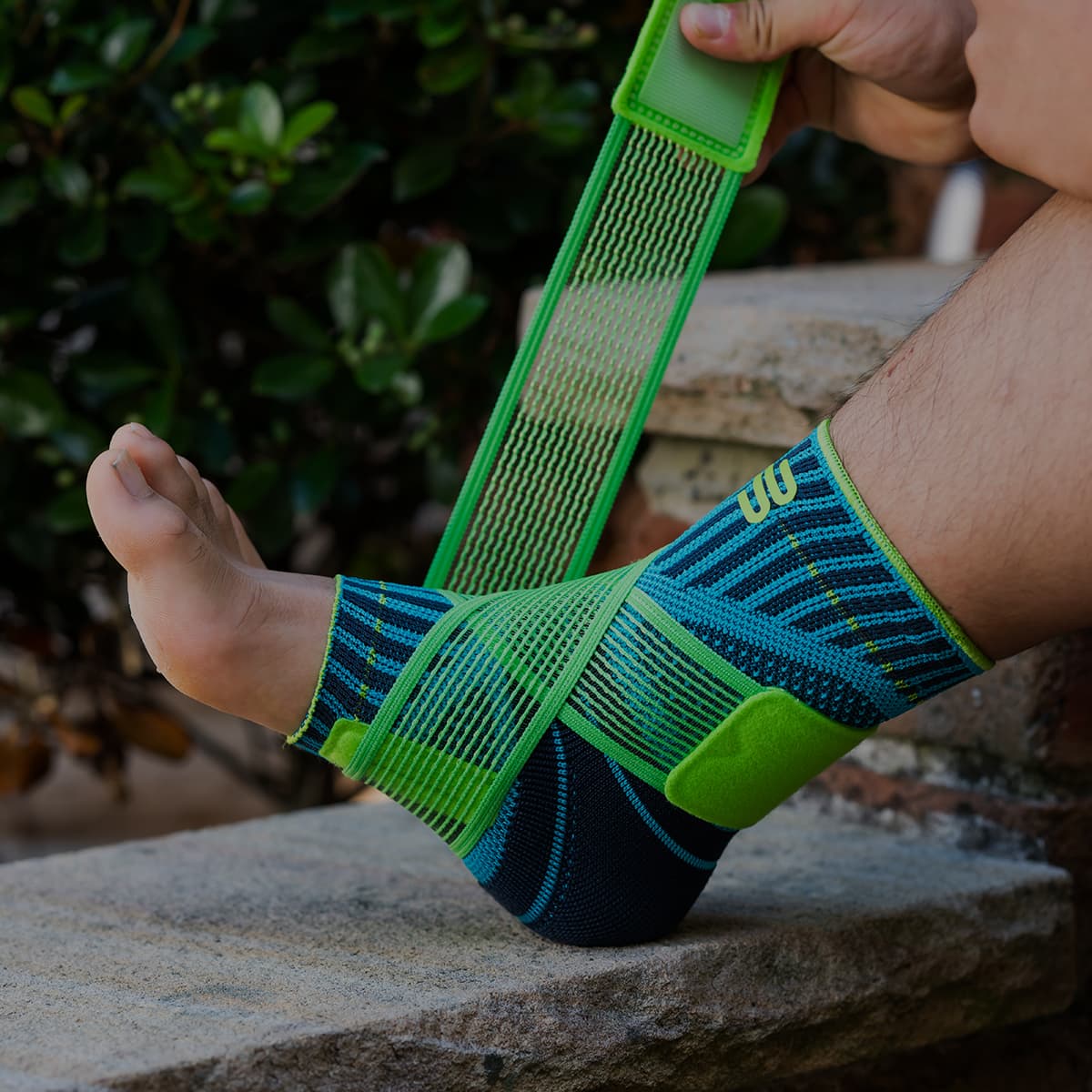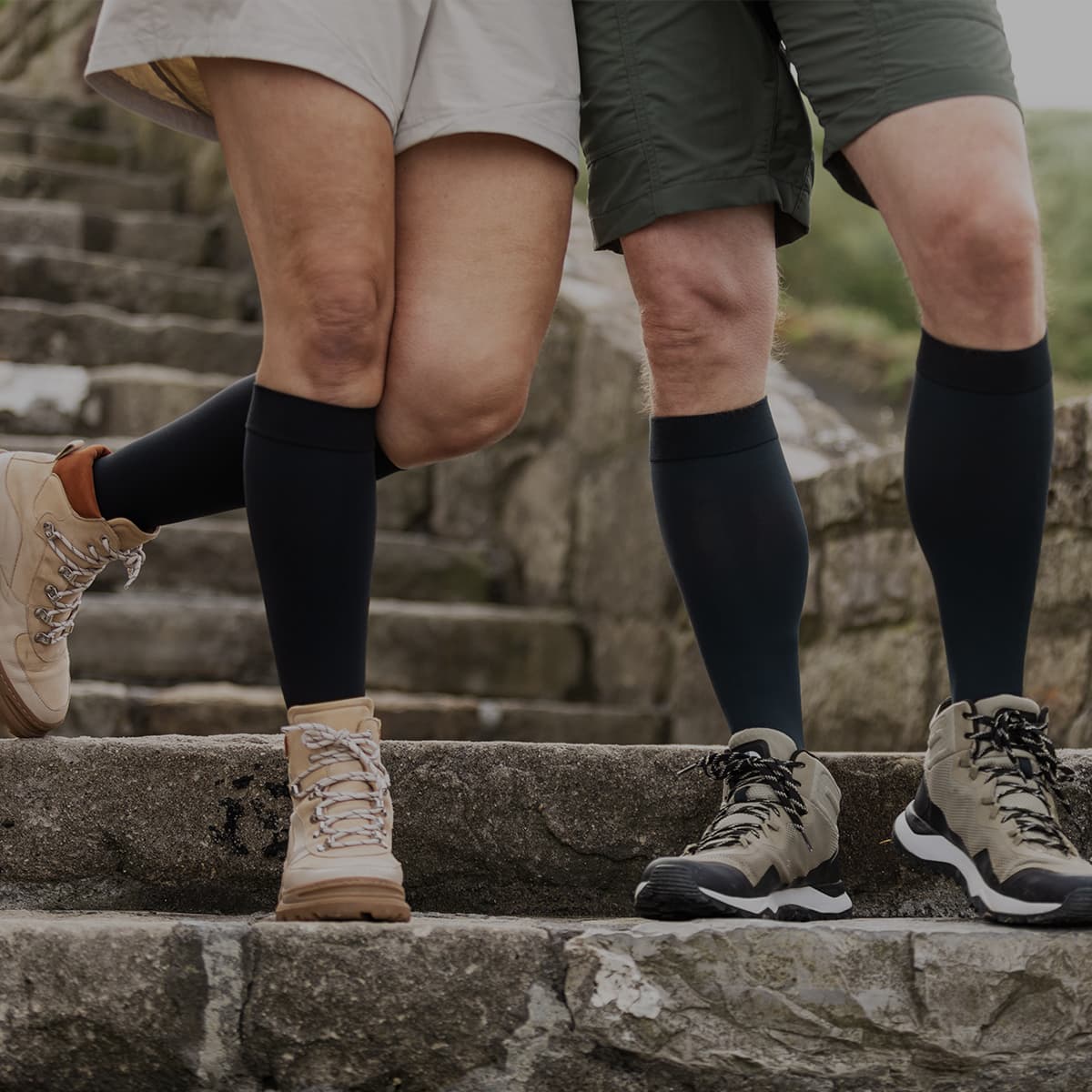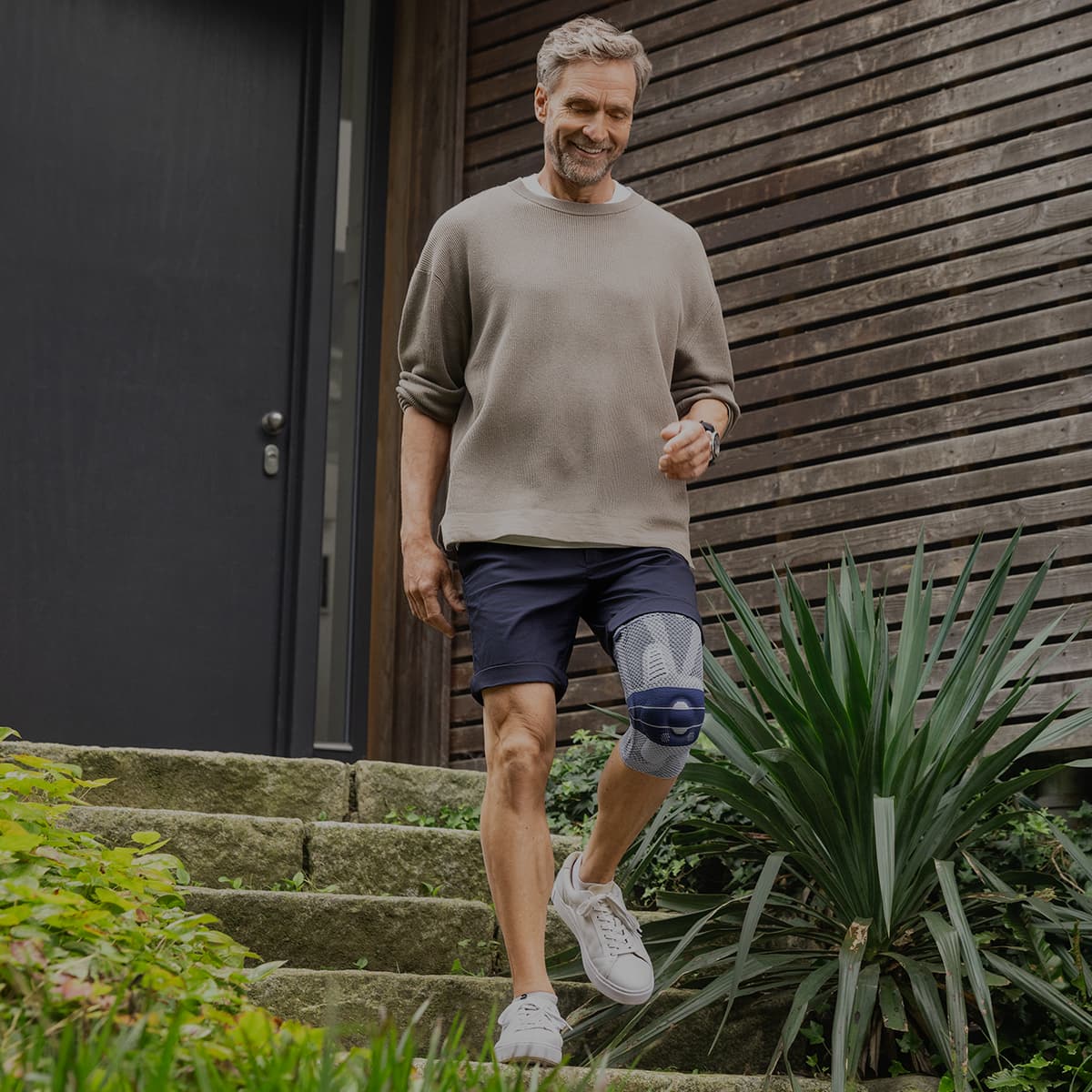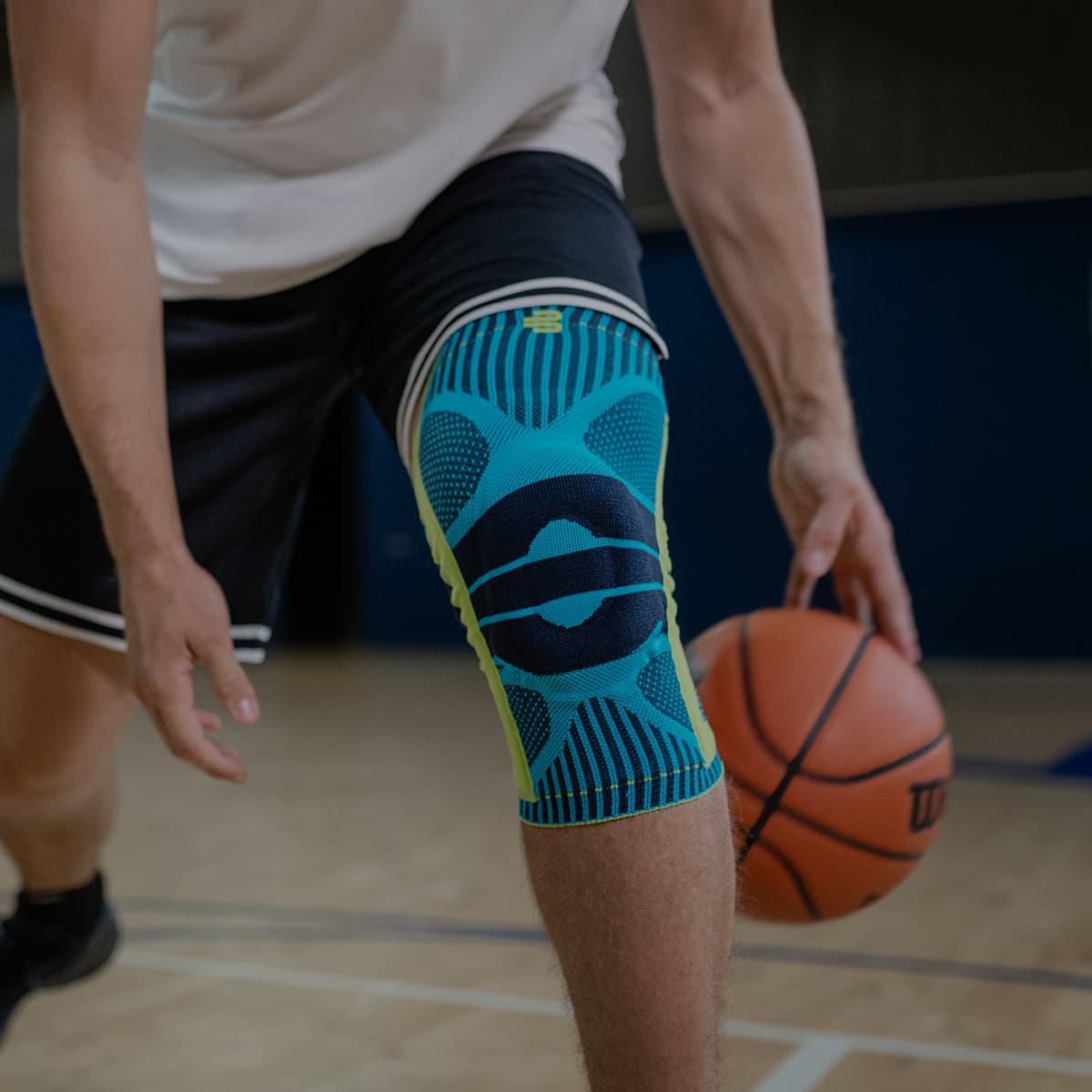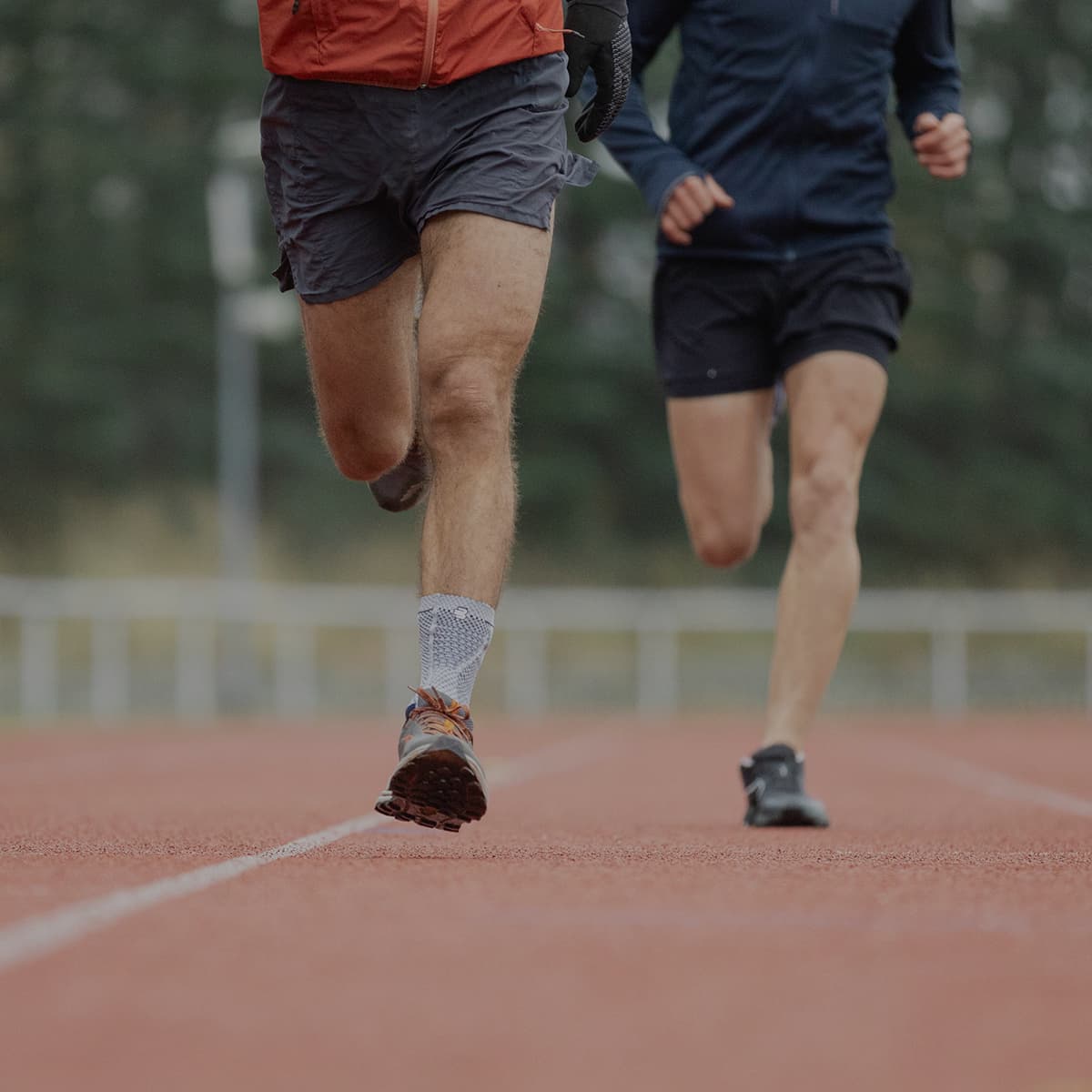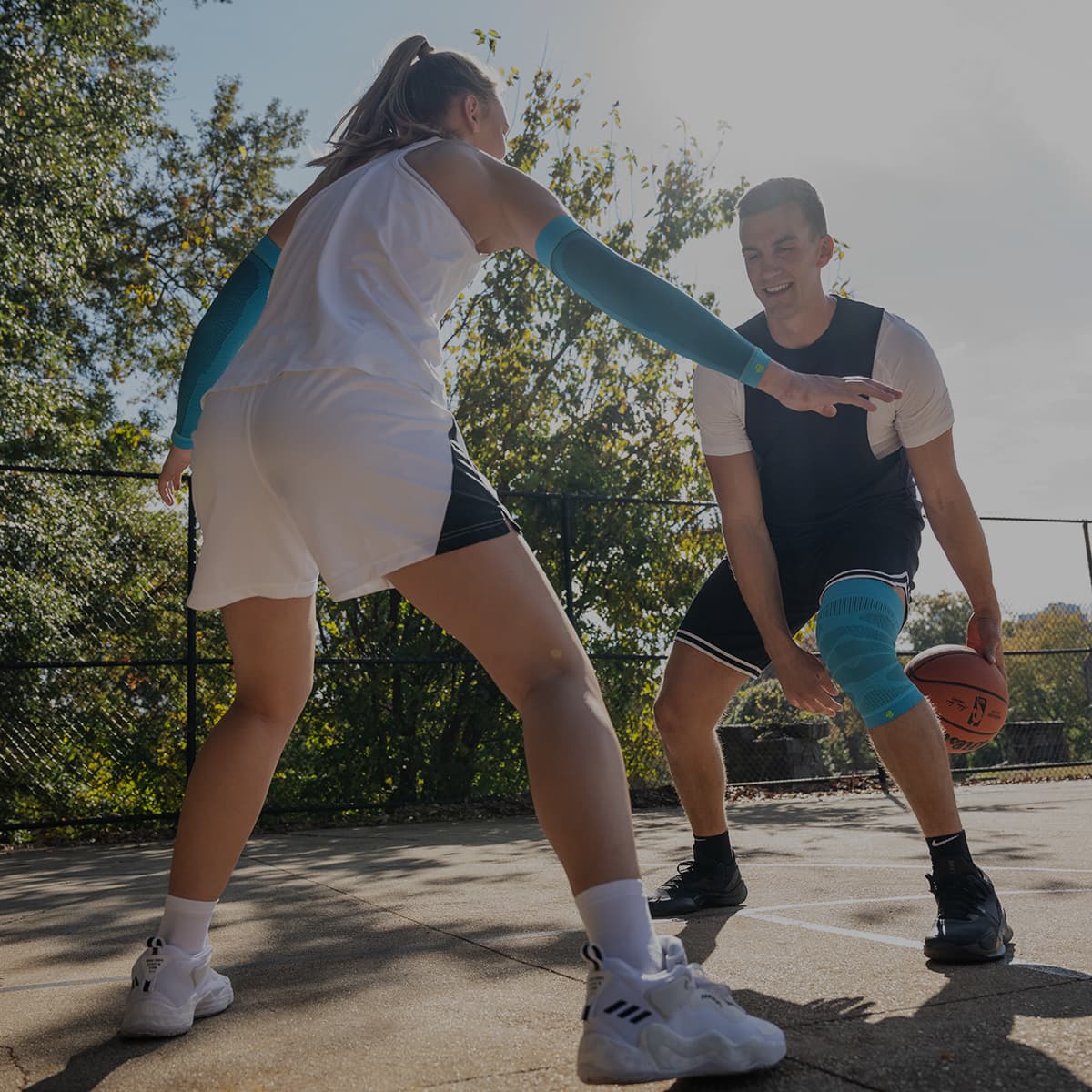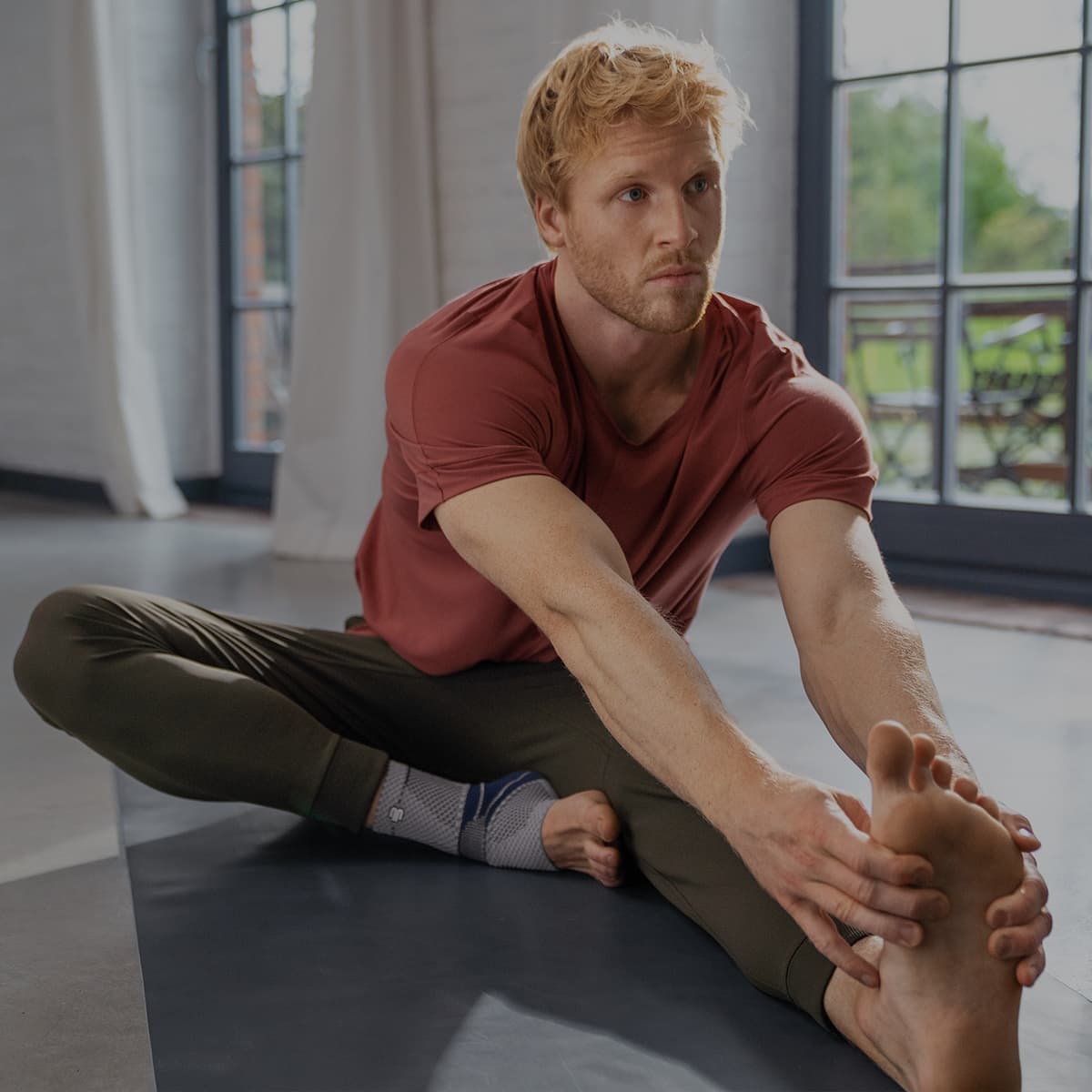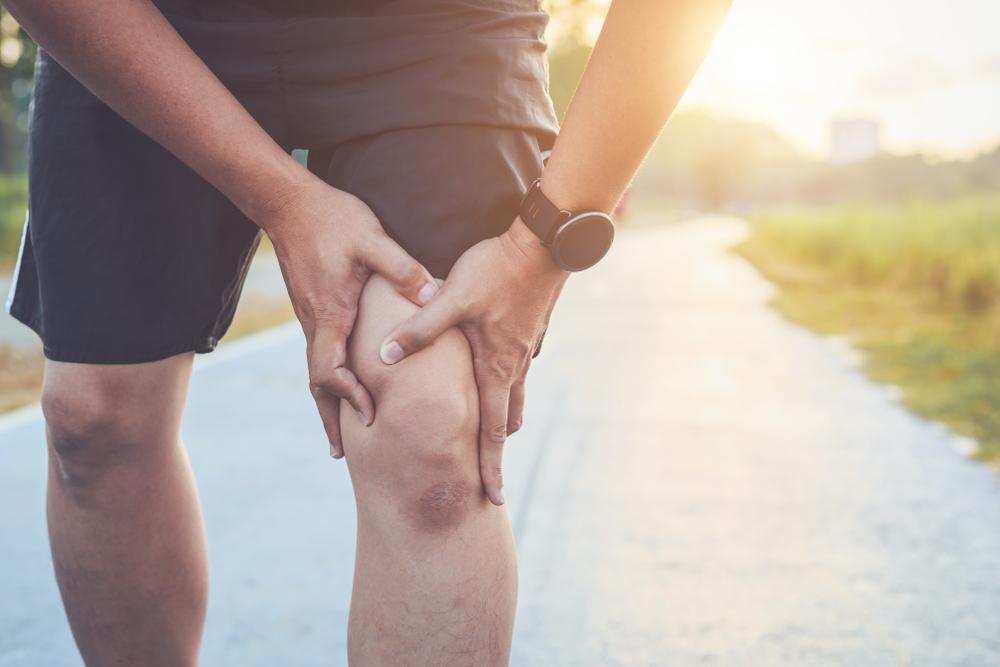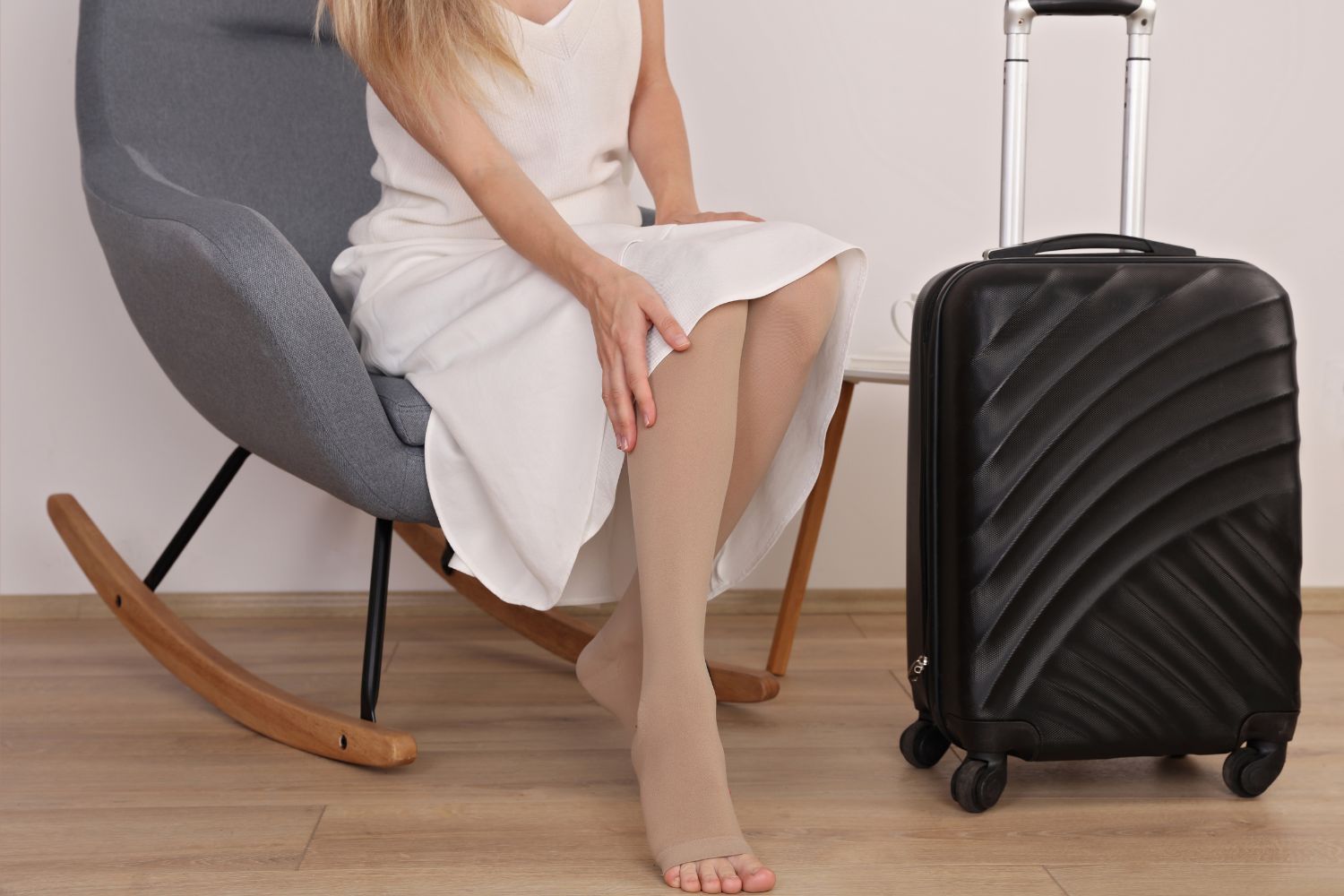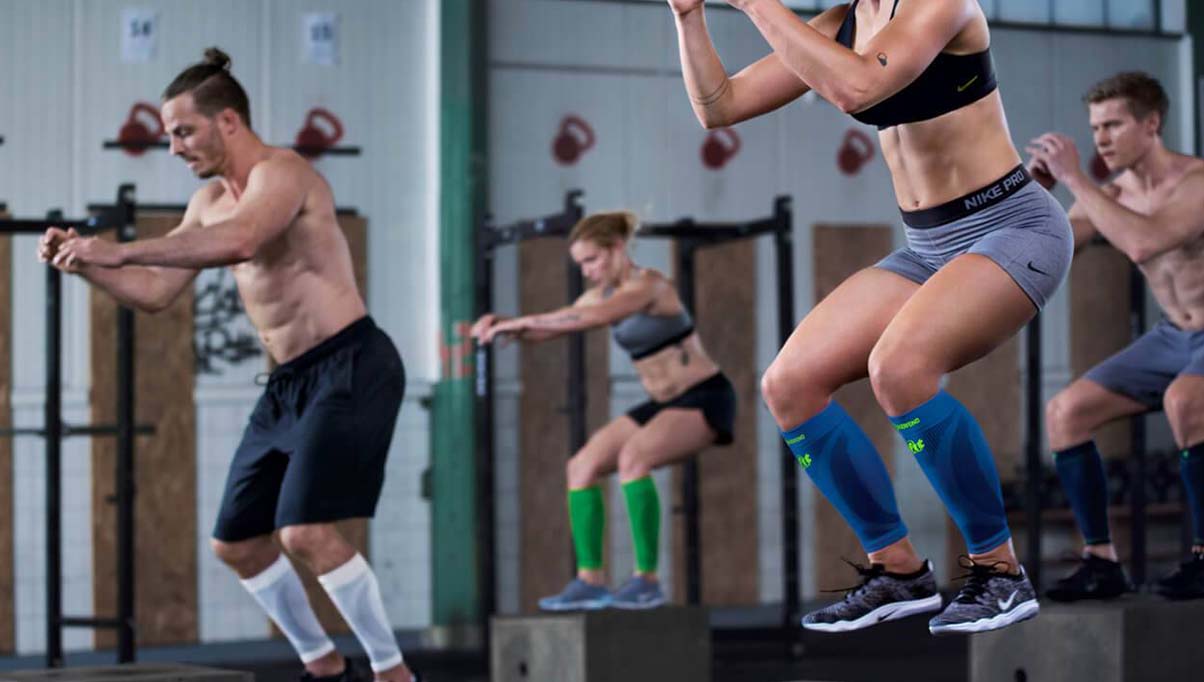Knee Osteoarthritis (OA) occurs when the cartilage in the joint deteriorates, causing small bony growths that irritate and inflame the region, leading to pain, swelling and instability. When it comes to understanding the symptoms, it's helpful to know does knee osteoarthritis pain come and go, or is the pain consistent.
What is osteoarthritis?
OA is a degenerative condition which gets progressively worse over time and can be exacerbated by such things as excessive weight, lack of exercise, injury, repetitive strain and genetics.
Osteoarthritis of the knee is one of the most common forms of arthritis, brought on by a range of causes:
- Repetitive or severe injury is usually sports-related.
- Age causes the cartilage to heal more slowly.
- Genetics mean those with arthritis in the family are more likely to have it themselves.
- Being overweight/obese leads to a greatly increased risk of OA in the knee.
Does knee osteoarthritis pain come and go?
Among the range of symptoms caused by OA in the knee, pain is often the one that has the most adverse effect on someone’s life. Because OA is a progressive condition, the pain can come and go in the early and mid-stages of the condition.
While pain can sometimes appear without any exterior cause, there are certain situations that exacerbate the pain caused by OA, including cold and wet weather, going up and downstairs, steep inclines and sitting still for extended periods of time.
In more severe stages of the condition, the pain is often constant, so taking care of your knees now is vital to prevent it from getting worse. Here are a few easy tips for taking care of your knee to help slow the progression of OA and keep them in shape longer.
Strengthening the knee
By focusing on strengthening the muscles around your knee joint you can take the pressure off the bones themselves and minimise irritation caused by weakness.
The best exercises are ones that target the Quads, Hamstrings and glutes among other muscles. Squats, chair dips, wall-sits and step exercises are all great ways to support the joint.
For example Split Squats: at-home knee strength exercise
Lifestyle choices
Excess weight and low activity can have a profound impact on your knees, as well as your joints in general.
Every one kilogram of body weight equates to an extra three to four kilograms of force on the knees. Maintaining a habit of regular exercise as well a healthy diet, will help to reduce excess weight and improve blood flow. An improvement in lifestyle choices can be one of the most effective ways to reduce the symptoms of OA in the knees.
Taking supplements like fish oil and glucosamine also can help your body naturally relieve the pain of OA.

Bracing and protection
Playing sports is a fulfilling and often essential part of our lives, and the last thing we want to do is let knee pain hold you back. By wearing compression garments while playing sports or exercising, you can mitigate the progression of OA in its early stages.
For those with advanced OA, wearing an unloading knee support is a great way to relieve the pain in the knees and allow for regular movement.
To read more on managing knee arthritis: Knee arthritis treatment without surgery.
For assistance selecting the right product for your needs, book a video consultation with a Bauerfeind expert: Book Video Call, or call us on 1300 668 466.
Do you have private health? Most private health extras will cover Bauerfeind Products, check to see if yours is included. Bauerfeind Private Health Insurance Enquiry.
Bauerfeind products are developed at our innovation and manufacturing facility in Zeulenroda, Germany. Based on years of scientific research, our award-winning braces and support garments are highly recommended by medical professionals and athletes worldwide.

